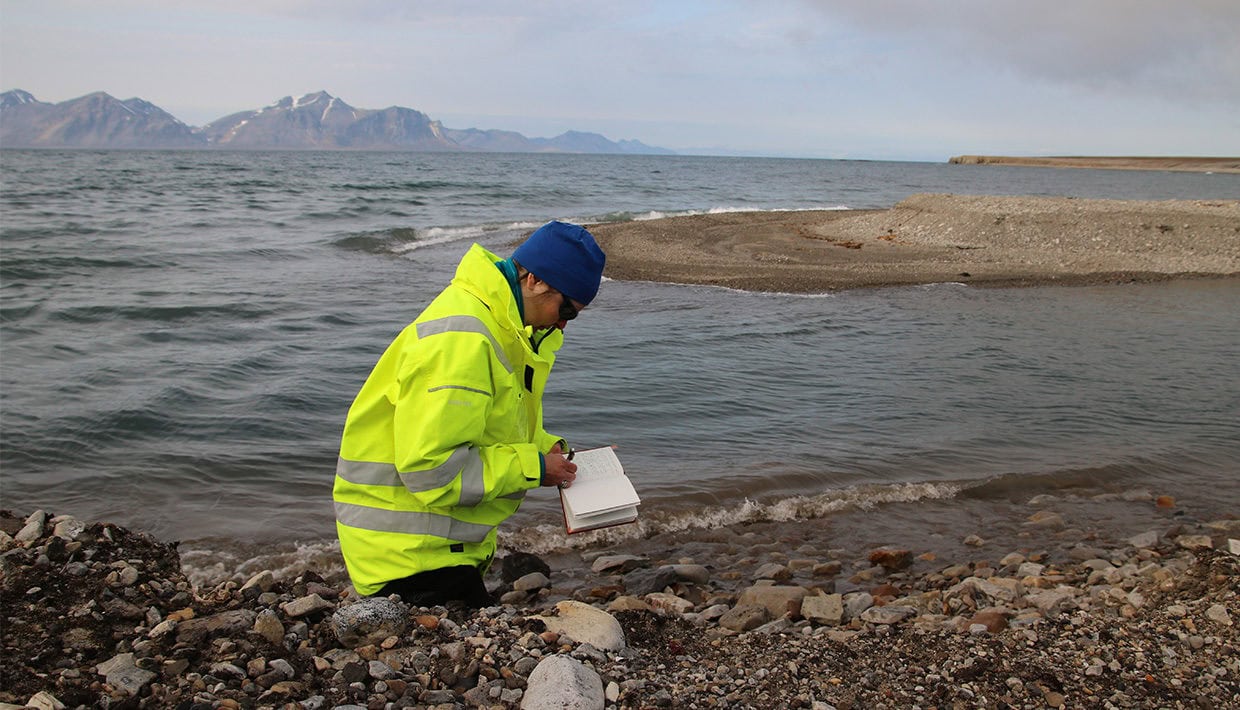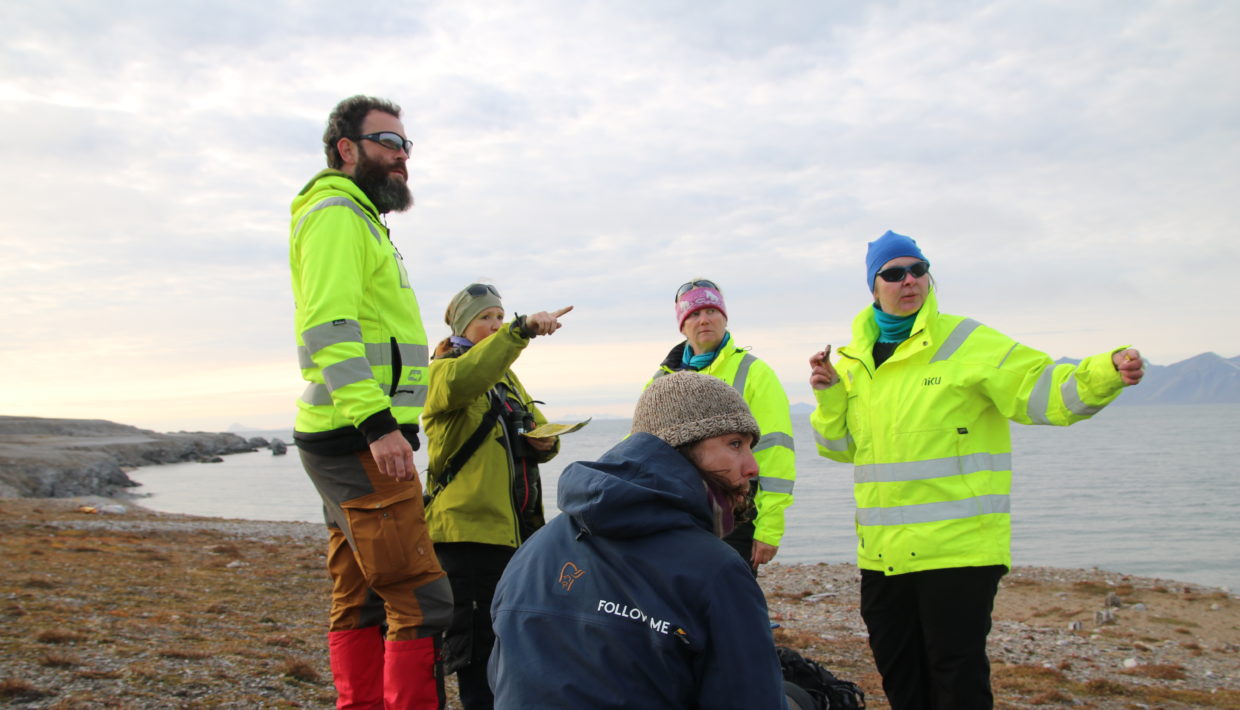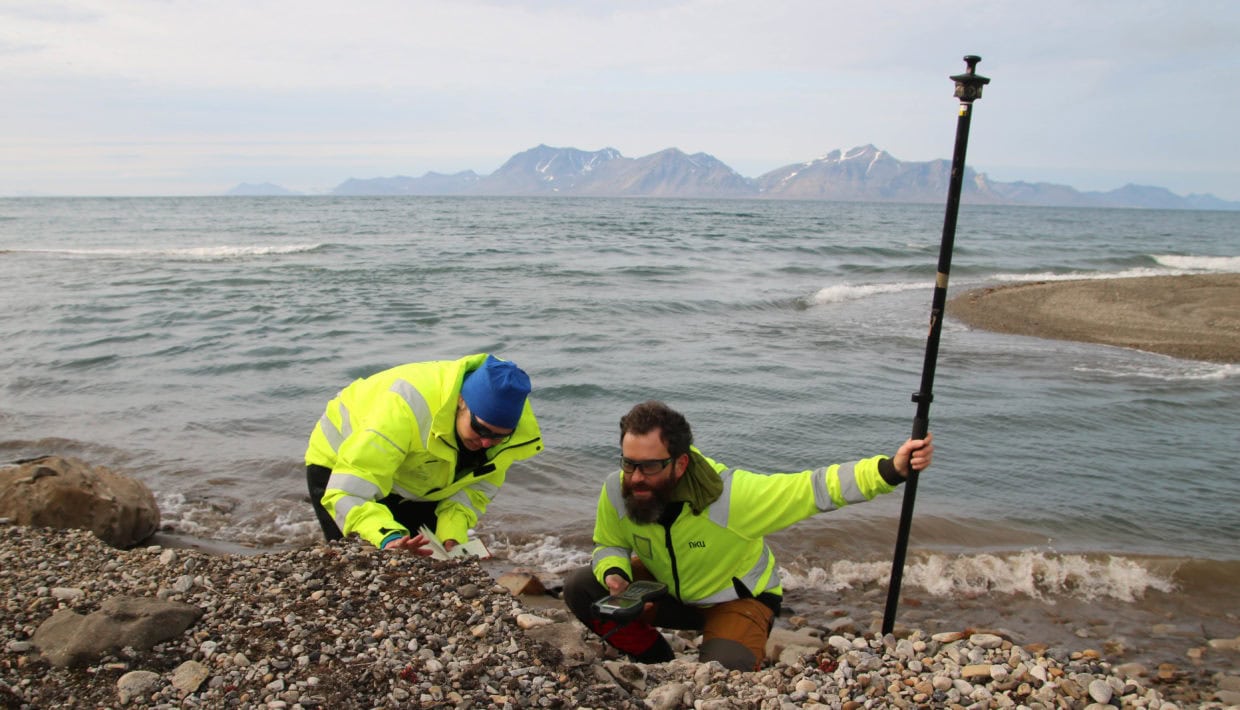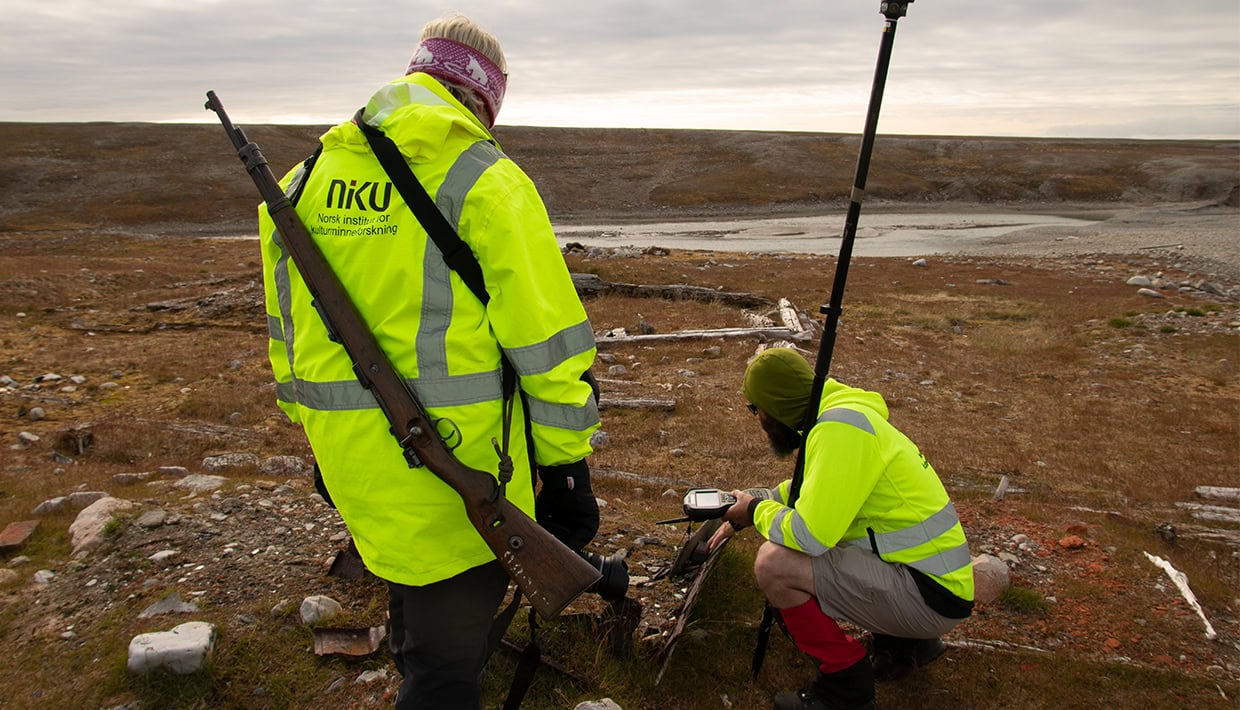The global state of research on social archaeology and climate change it the topic for this years Summit on Social Archaeology of Climate Change (SACC) in Kiel.
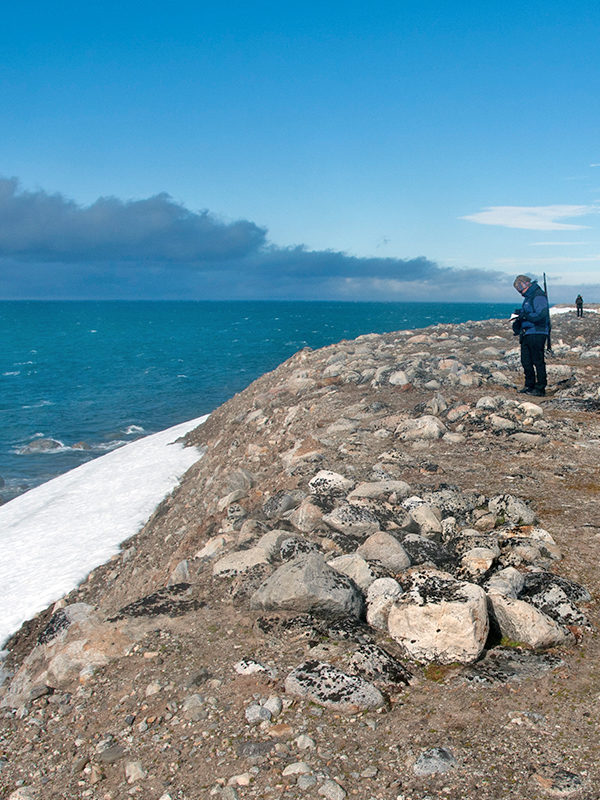
CULTCOAST
The CULTCOAST project will address cultural heritage sites, environments and landscapes in Arctic coastal areas. The aim is to find methods to monitor, manage and preserve these environmental goods that are exposed to threats from climate change and development pressure.
Climate is changing. High North areas suffer more from combined threats and have previously been well protected by permafrost and sea ice. Heritage sites there are also exposed to increasing stress from tourism and development.
The researchers will map, monitor and gather input from selected sites above and below the ground, on Svalbard and Andøya. The information will be used to develop methods to evaluate and prioritize sites. Furthermore, we will develop mitigation and adaptation measures and management strategies related to coastal cultural heritage sites, environments and landscapes. To achieve this the project has a interdisciplinary approach combining archaeology, building protection, geography, quaternary geology and climate science.
The Arctic areas act as a sensor and an early warning-system for the rest of the world. Therefore, the results from this research project will have transfer value for heritage management on both national and international levels.
CULTCOAST has established a collaboration with two projects, ie PCCH-Arctic (SINTEF), and Alpine Decay (NIBIO). Both are funded by the Norwegian Research Council.
Project leader: Vibeke Vandrup Martens
Related news:
- Status In progress
- Financed by Environmental Research for a Green Transition (MILJØFORSK) - The Research Council of Norway
- Time 2019-2023


